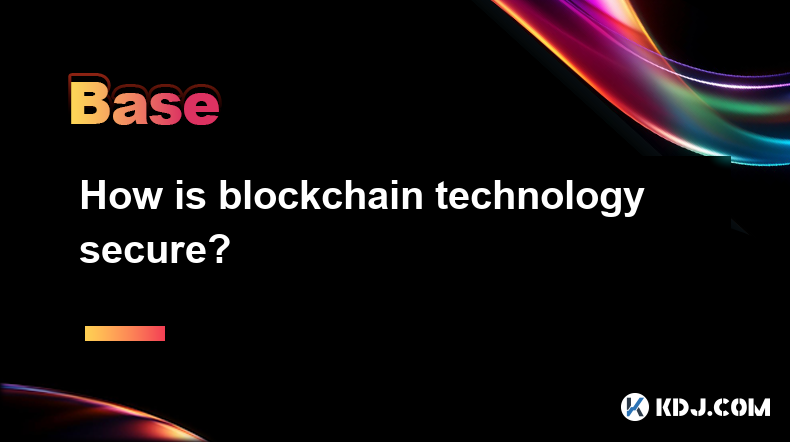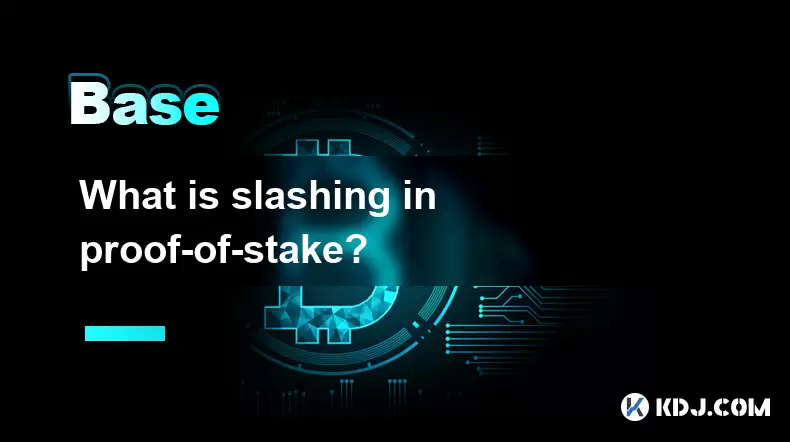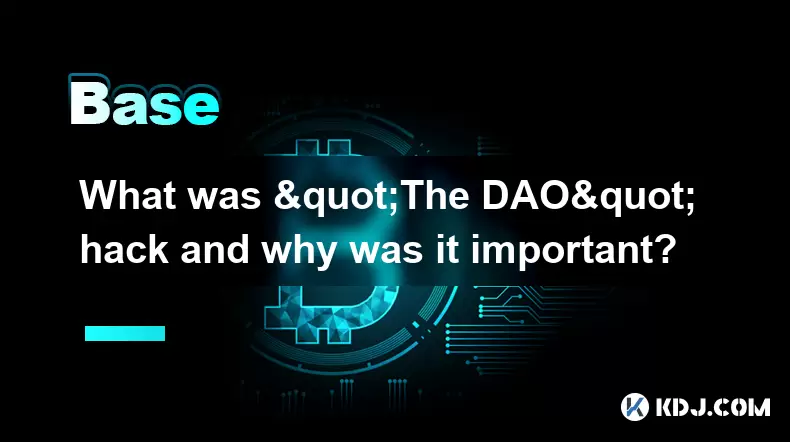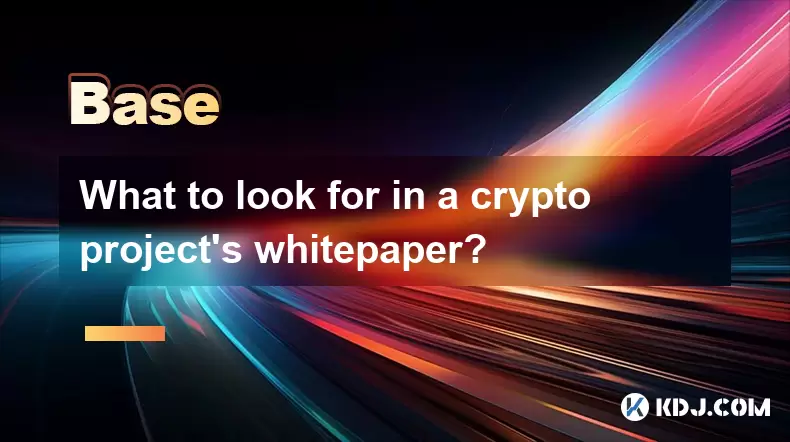-
 Bitcoin
Bitcoin $117900
-0.06% -
 Ethereum
Ethereum $3598
1.67% -
 XRP
XRP $3.433
0.63% -
 Tether USDt
Tether USDt $1.000
-0.02% -
 BNB
BNB $733.2
0.65% -
 Solana
Solana $176.9
-0.25% -
 USDC
USDC $0.9999
0.00% -
 Dogecoin
Dogecoin $0.2417
2.67% -
 TRON
TRON $0.3178
-2.25% -
 Cardano
Cardano $0.8310
2.11% -
 Hyperliquid
Hyperliquid $44.43
0.23% -
 Stellar
Stellar $0.4628
1.17% -
 Sui
Sui $3.852
2.09% -
 Chainlink
Chainlink $18.48
4.01% -
 Hedera
Hedera $0.2684
3.59% -
 Avalanche
Avalanche $24.57
4.87% -
 Bitcoin Cash
Bitcoin Cash $513.5
-0.02% -
 Shiba Inu
Shiba Inu $0.00001492
1.99% -
 Litecoin
Litecoin $113.2
11.61% -
 UNUS SED LEO
UNUS SED LEO $8.980
0.12% -
 Toncoin
Toncoin $3.211
0.51% -
 Polkadot
Polkadot $4.406
4.64% -
 Uniswap
Uniswap $10.16
0.26% -
 Monero
Monero $323.1
1.04% -
 Ethena USDe
Ethena USDe $1.001
-0.02% -
 Bitget Token
Bitget Token $4.936
1.21% -
 Pepe
Pepe $0.00001346
3.98% -
 Dai
Dai $1.000
-0.01% -
 Aave
Aave $318.9
-1.42% -
 Cronos
Cronos $0.1211
2.74%
How is blockchain technology secure?
Blockchain's security relies on cryptographic hashing for data integrity, decentralization to prevent single points of failure, and consensus mechanisms like PoW/PoS to validate transactions; however, vulnerabilities in specific implementations remain.
Mar 04, 2025 at 02:36 am

Key Points:
- Blockchain's security relies on cryptographic hashing, decentralization, and consensus mechanisms.
- Cryptographic hashing ensures data integrity and prevents tampering.
- Decentralization distributes the blockchain across numerous nodes, making it resistant to single points of failure and attacks.
- Consensus mechanisms, like Proof-of-Work (PoW) and Proof-of-Stake (PoS), validate transactions and add new blocks to the chain.
- While highly secure, blockchains are not invulnerable to all attacks. Weaknesses can exist in specific implementations or protocols.
How is Blockchain Technology Secure?
Blockchain technology's security is a multifaceted concept, stemming from a combination of robust cryptographic techniques, a decentralized architecture, and sophisticated consensus mechanisms. Understanding these elements is crucial to grasping the overall security of the system.
Cryptographic Hashing: The Foundation of Immutability
At the heart of blockchain security lies cryptographic hashing. Each block in a blockchain contains a cryptographic hash of the previous block's data. This creates a chain where altering any previous block would require recalculating the hashes of all subsequent blocks – a computationally infeasible task. This chain of hashes ensures data integrity and prevents tampering. Any attempt to modify past transactions would be immediately detectable.
Decentralization: Eliminating Single Points of Failure
Unlike traditional centralized databases, blockchains are distributed across a network of nodes. This decentralization eliminates single points of failure. If one node is compromised or goes offline, the rest of the network continues to function, maintaining the integrity of the blockchain. This inherent redundancy makes it extremely difficult for malicious actors to control or manipulate the entire system. Attacks require compromising a significant portion of the network, a highly improbable feat.
Consensus Mechanisms: Validating Transactions and Adding Blocks
Consensus mechanisms are crucial for maintaining the integrity and security of the blockchain. They determine how new blocks are added to the chain and how transactions are validated. Different types of consensus mechanisms exist, each with its own strengths and weaknesses.
- Proof-of-Work (PoW): This mechanism requires miners to solve complex computational problems to add new blocks. The computational effort required makes it extremely difficult for attackers to manipulate the blockchain. However, PoW is energy-intensive.
- Proof-of-Stake (PoS): In PoS, validators are chosen based on the amount of cryptocurrency they stake. This reduces energy consumption compared to PoW but introduces the risk of "nothing-at-stake" attacks, where validators might act dishonestly without significant penalty.
- Other Consensus Mechanisms: Beyond PoW and PoS, numerous other consensus mechanisms are emerging, each aiming to improve efficiency, security, and scalability. These include Delegated Proof-of-Stake (DPoS), Practical Byzantine Fault Tolerance (PBFT), and others. The choice of consensus mechanism significantly impacts the security profile of a specific blockchain.
Security Considerations and Potential Vulnerabilities
While blockchain technology offers significant security advantages, it's not impervious to all attacks. Specific vulnerabilities can arise from:
- 51% Attacks: In some consensus mechanisms, an attacker controlling more than 50% of the network's computational power (in PoW) or stake (in PoS) could potentially manipulate the blockchain. However, the computational or economic cost of achieving this is generally prohibitive.
- Smart Contract Vulnerabilities: Smart contracts, self-executing contracts written in code and stored on the blockchain, can contain vulnerabilities that malicious actors can exploit. Thorough auditing and rigorous testing are crucial to mitigate these risks.
- Private Key Compromises: Users are responsible for safeguarding their private keys. Loss or theft of private keys can lead to the loss of funds. Strong security practices, including using hardware wallets and employing robust password management, are essential.
- Exchange Hacks: While not directly related to the blockchain's inherent security, exchanges, which act as intermediaries between users and the blockchain, can be targets of hacking attempts. This highlights the importance of choosing reputable and secure exchanges.
Step-by-Step Guide to Understanding Blockchain Security
Understanding blockchain security involves a multi-step process:
- Learn about Cryptography: Gain a basic understanding of cryptographic hashing algorithms like SHA-256.
- Study Decentralization: Understand the role of distributed networks in enhancing security.
- Explore Consensus Mechanisms: Learn how PoW, PoS, and other consensus methods work and their respective strengths and weaknesses.
- Research Smart Contract Security: Familiarize yourself with potential vulnerabilities in smart contracts and secure coding practices.
- Practice Secure Key Management: Learn how to properly store and manage your private keys to prevent theft or loss.
Frequently Asked Questions:
Q: Is blockchain technology completely secure?
A: No, while blockchain technology offers strong security features, it's not invulnerable to all attacks. Weaknesses can exist in specific implementations, protocols, or due to human error (e.g., private key compromise).
Q: How does blockchain prevent data manipulation?
A: Cryptographic hashing and the decentralized nature of the blockchain prevent data manipulation. Altering any data would require changing numerous hashes across the entire network, which is computationally infeasible.
Q: What are the risks associated with using blockchain?
A: Risks include 51% attacks (though highly improbable in large networks), smart contract vulnerabilities, private key compromises, and exchange hacks (external to the blockchain itself).
Q: How can I protect my cryptocurrency assets?
A: Use strong passwords, enable two-factor authentication, store private keys securely (e.g., hardware wallets), and only use reputable exchanges.
Q: What are the different types of consensus mechanisms?
A: Common consensus mechanisms include Proof-of-Work (PoW), Proof-of-Stake (PoS), Delegated Proof-of-Stake (DPoS), and others, each with its own security trade-offs.
Q: What is a 51% attack?
A: A 51% attack occurs when a single entity controls more than half of the network's hashing power (PoW) or stake (PoS), allowing them to potentially manipulate the blockchain. This is generally computationally or economically infeasible for large blockchains.
Disclaimer:info@kdj.com
The information provided is not trading advice. kdj.com does not assume any responsibility for any investments made based on the information provided in this article. Cryptocurrencies are highly volatile and it is highly recommended that you invest with caution after thorough research!
If you believe that the content used on this website infringes your copyright, please contact us immediately (info@kdj.com) and we will delete it promptly.
- XRP Mining, the GENIUS Act, and Coin Holders: A New Era?
- 2025-07-20 06:30:12
- Arctic Pablo Coin: Navigating the Icebound Estates Presale and Token Burn Strategy
- 2025-07-20 06:30:12
- Arctic Pablo Coin's Myth-Themed Presale: Icebound Estates and Beyond!
- 2025-07-20 06:50:12
- Snorter Token's Presale Success: Riding the GENIUS Act Wave in the Crypto World
- 2025-07-20 06:50:12
- PENGU Token's Breakout Momentum: Riding the Wave in a Bearish Market
- 2025-07-20 07:10:12
- Crypto's 100x Hunt in 2025: Beyond the Hype
- 2025-07-20 07:10:12
Related knowledge

What is the Inter-Blockchain Communication Protocol (IBC)?
Jul 19,2025 at 10:43am
Understanding the Inter-Blockchain Communication Protocol (IBC)The Inter-Blockchain Communication Protocol (IBC) is a cross-chain communication protoc...

How does sharding improve scalability?
Jul 20,2025 at 01:21am
Understanding Sharding in BlockchainSharding is a database partitioning technique that is increasingly being adopted in blockchain technology to enhan...

What is the "crypto trilemma" of scalability, security, and decentralization?
Jul 19,2025 at 06:28pm
Understanding the Concept of the Crypto TrilemmaThe crypto trilemma refers to the challenge of simultaneously achieving scalability, security, and dec...

What is slashing in proof-of-stake?
Jul 20,2025 at 06:07am
Understanding Slashing in Proof-of-StakeIn a Proof-of-Stake (PoS) blockchain network, slashing refers to the penalty mechanism used to deter validator...

What was "The DAO" hack and why was it important?
Jul 19,2025 at 09:08pm
Background of 'The DAO''The DAO' (Decentralized Autonomous Organization) was a venture capital fund built on the Ethereum blockchain, launched in Apri...

What to look for in a crypto project's whitepaper?
Jul 19,2025 at 01:42pm
Understanding the Purpose of a WhitepaperA whitepaper is a foundational document for any cryptocurrency project, often serving as the first point of c...

What is the Inter-Blockchain Communication Protocol (IBC)?
Jul 19,2025 at 10:43am
Understanding the Inter-Blockchain Communication Protocol (IBC)The Inter-Blockchain Communication Protocol (IBC) is a cross-chain communication protoc...

How does sharding improve scalability?
Jul 20,2025 at 01:21am
Understanding Sharding in BlockchainSharding is a database partitioning technique that is increasingly being adopted in blockchain technology to enhan...

What is the "crypto trilemma" of scalability, security, and decentralization?
Jul 19,2025 at 06:28pm
Understanding the Concept of the Crypto TrilemmaThe crypto trilemma refers to the challenge of simultaneously achieving scalability, security, and dec...

What is slashing in proof-of-stake?
Jul 20,2025 at 06:07am
Understanding Slashing in Proof-of-StakeIn a Proof-of-Stake (PoS) blockchain network, slashing refers to the penalty mechanism used to deter validator...

What was "The DAO" hack and why was it important?
Jul 19,2025 at 09:08pm
Background of 'The DAO''The DAO' (Decentralized Autonomous Organization) was a venture capital fund built on the Ethereum blockchain, launched in Apri...

What to look for in a crypto project's whitepaper?
Jul 19,2025 at 01:42pm
Understanding the Purpose of a WhitepaperA whitepaper is a foundational document for any cryptocurrency project, often serving as the first point of c...
See all articles

























































































